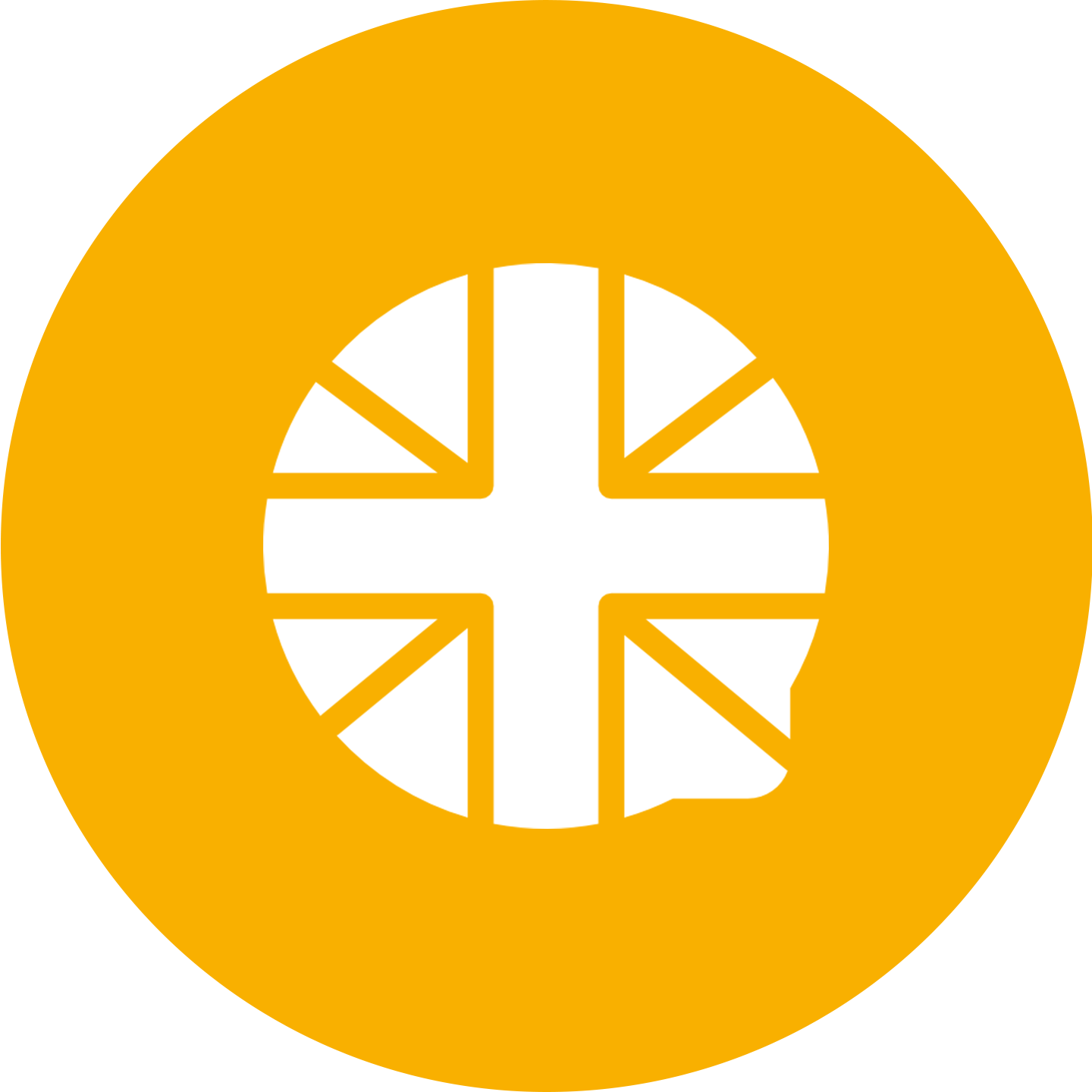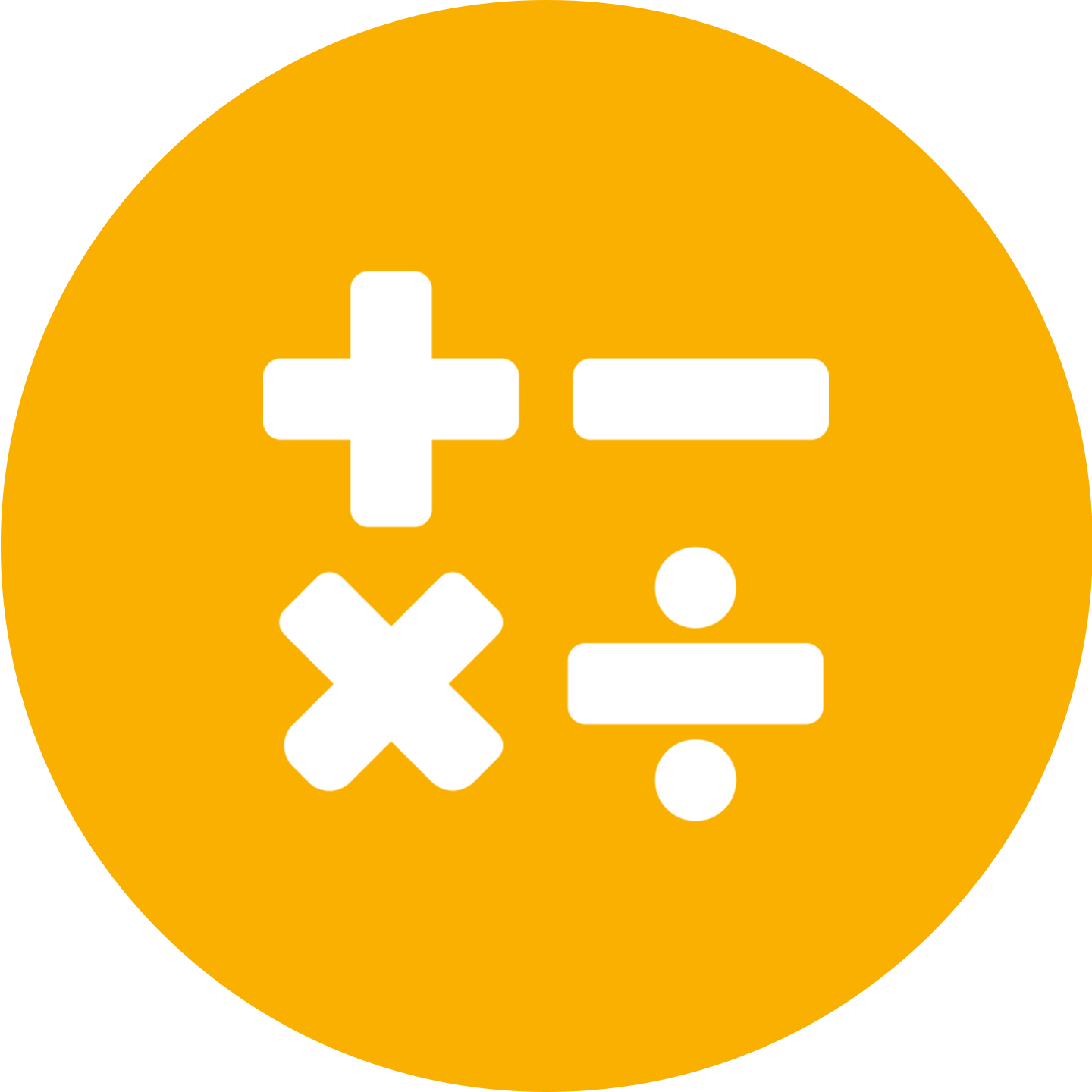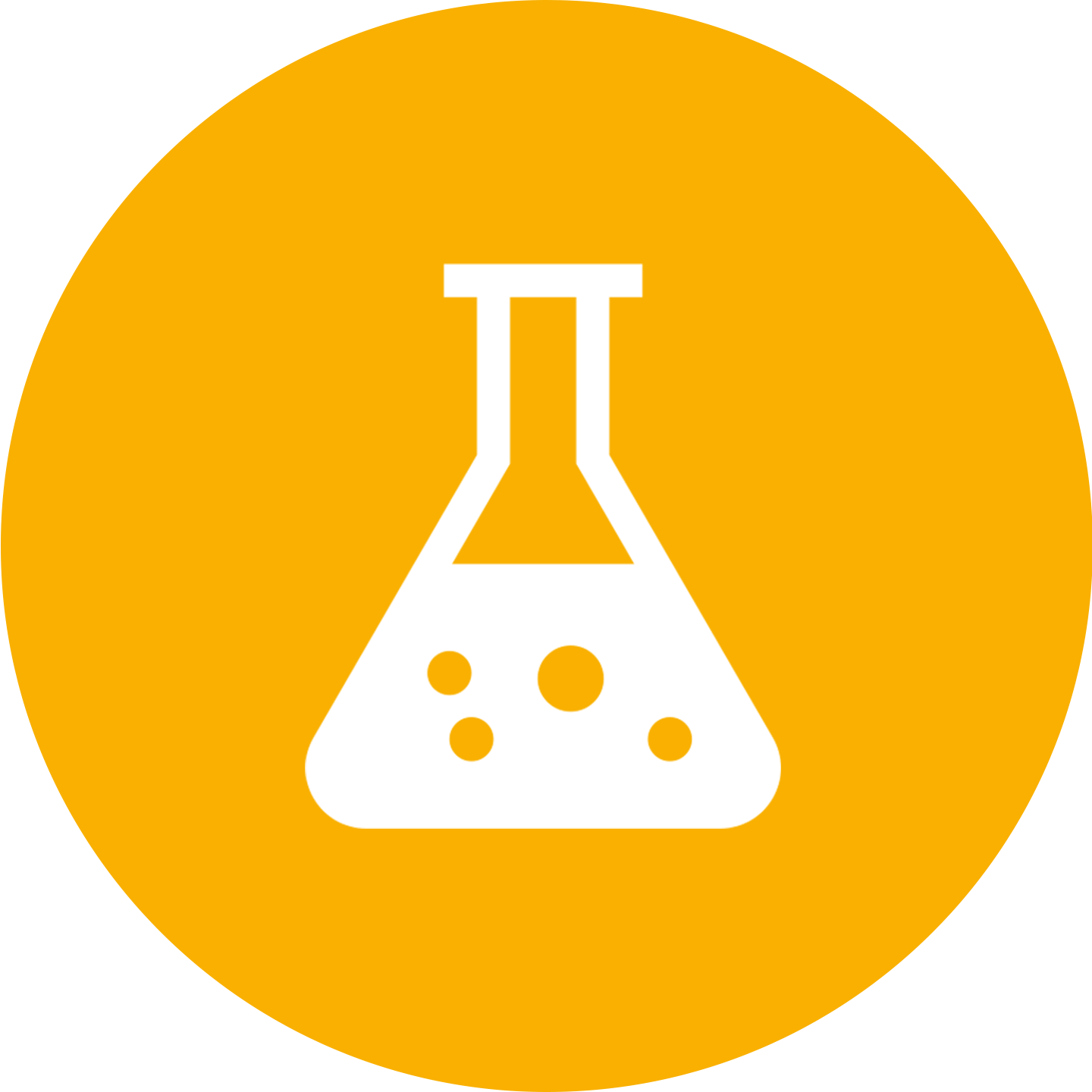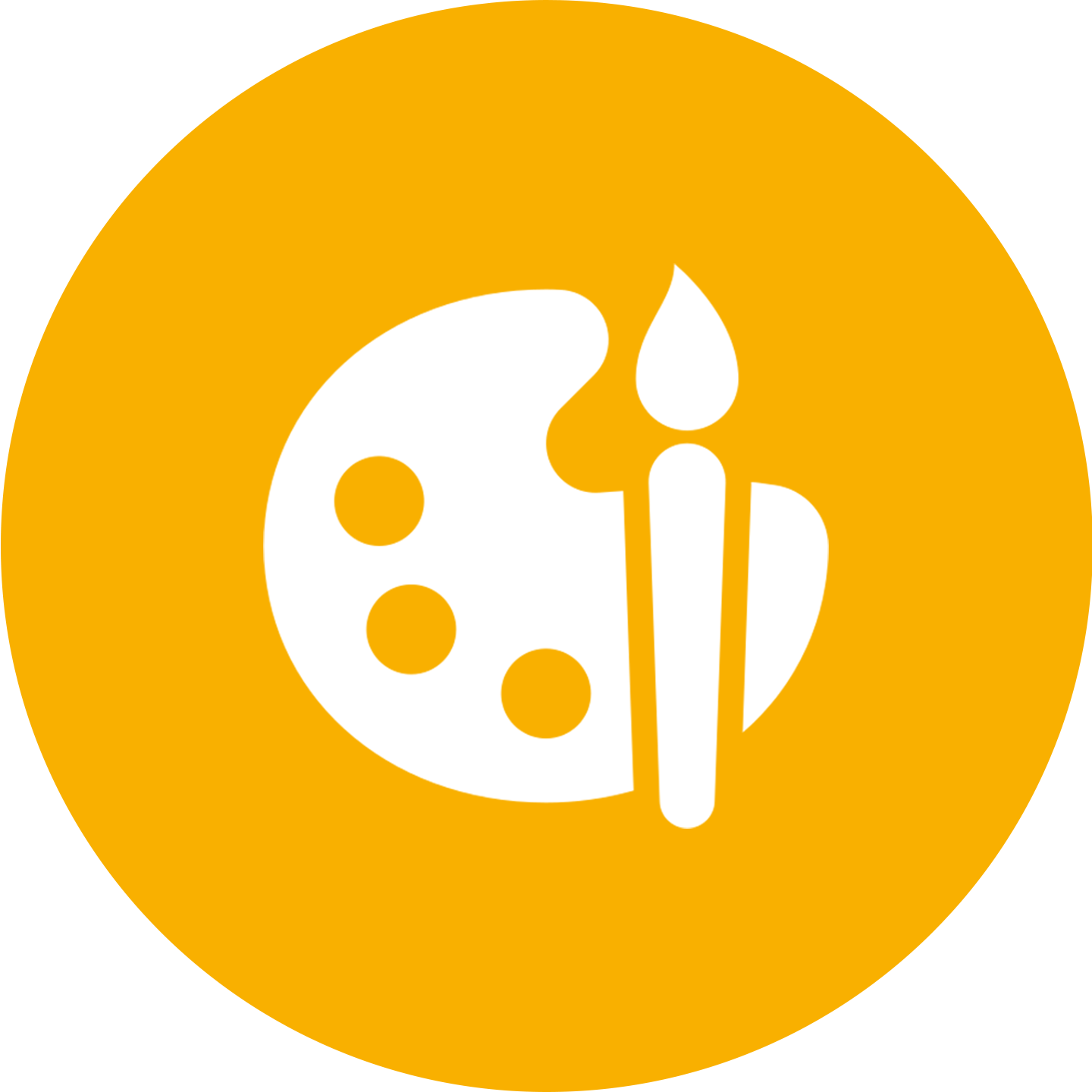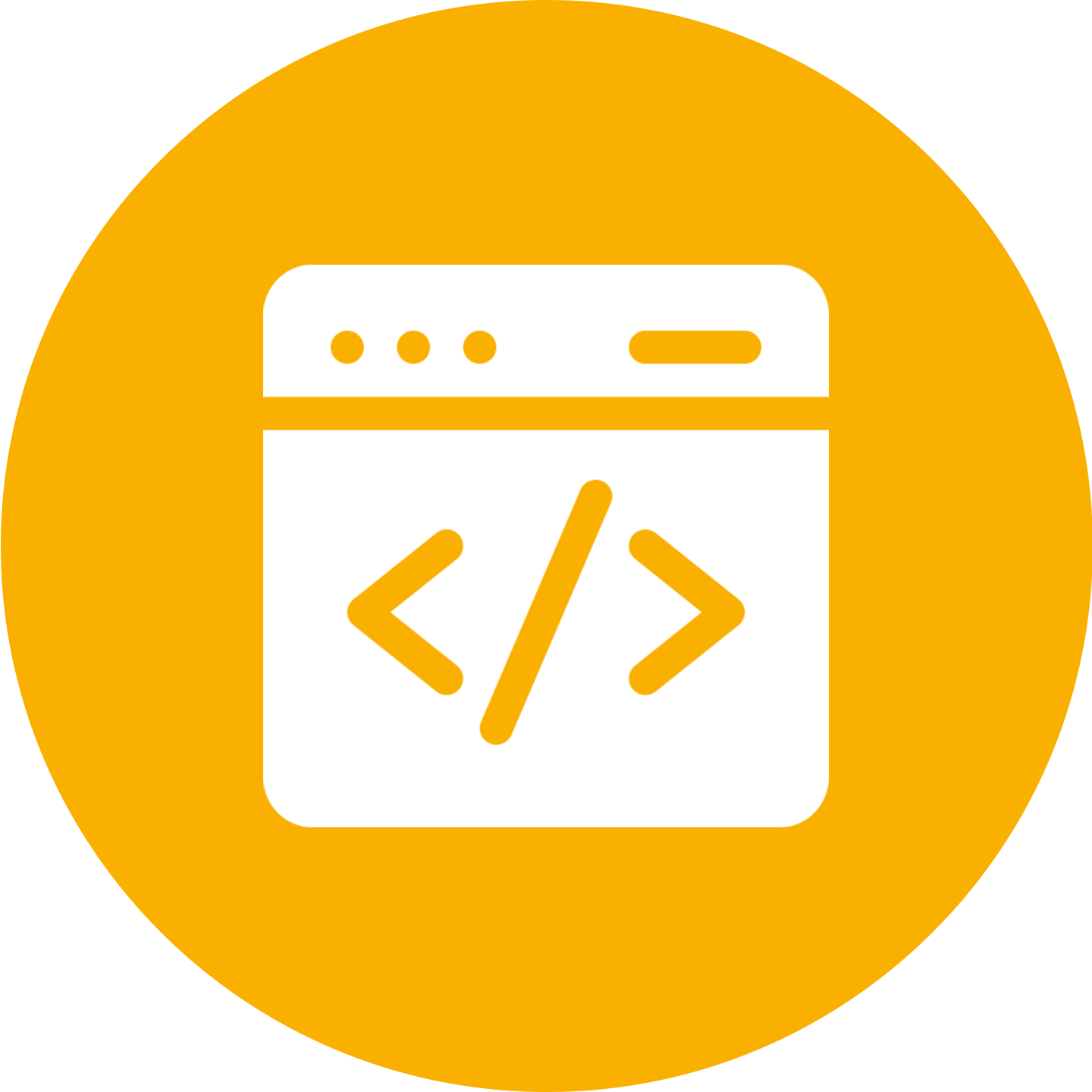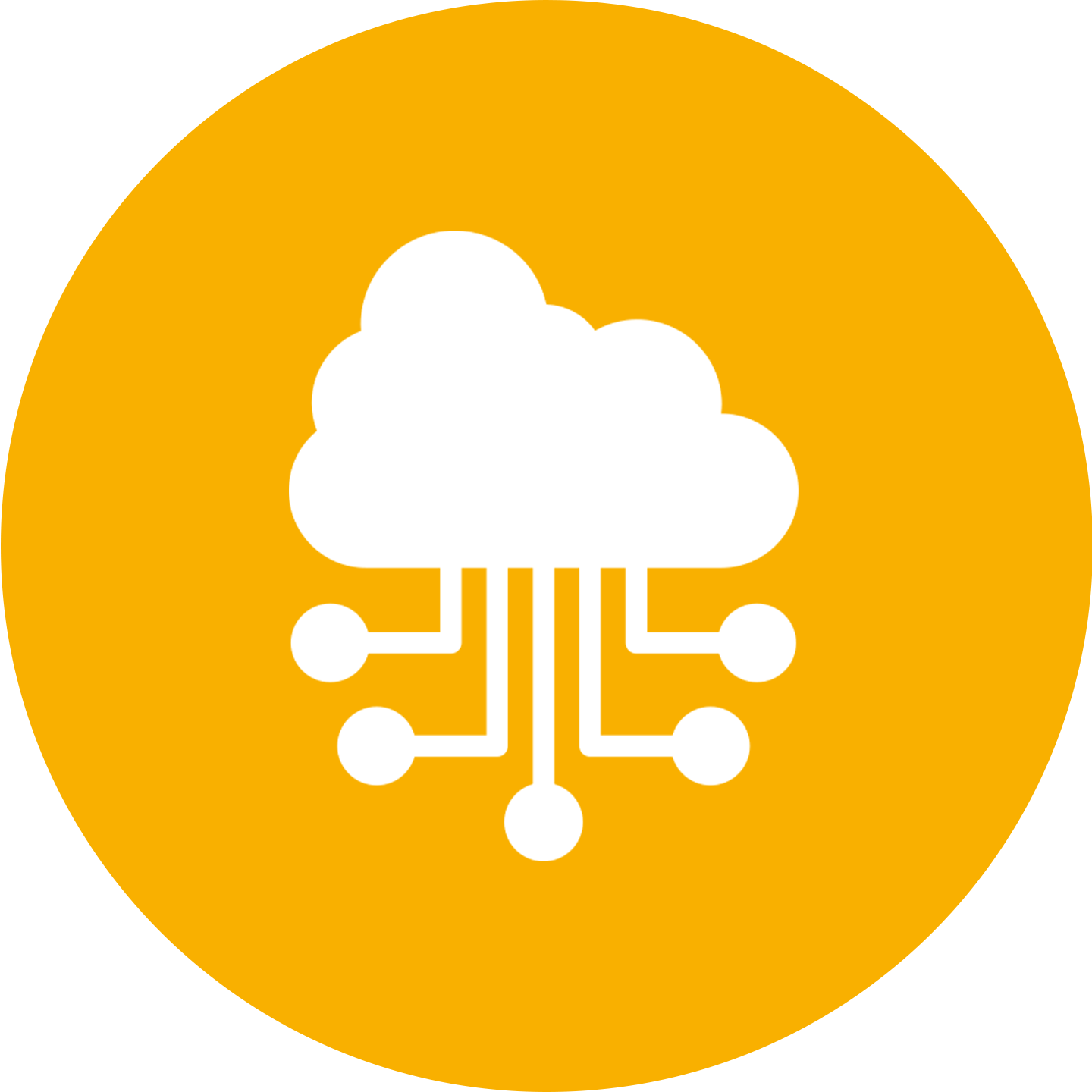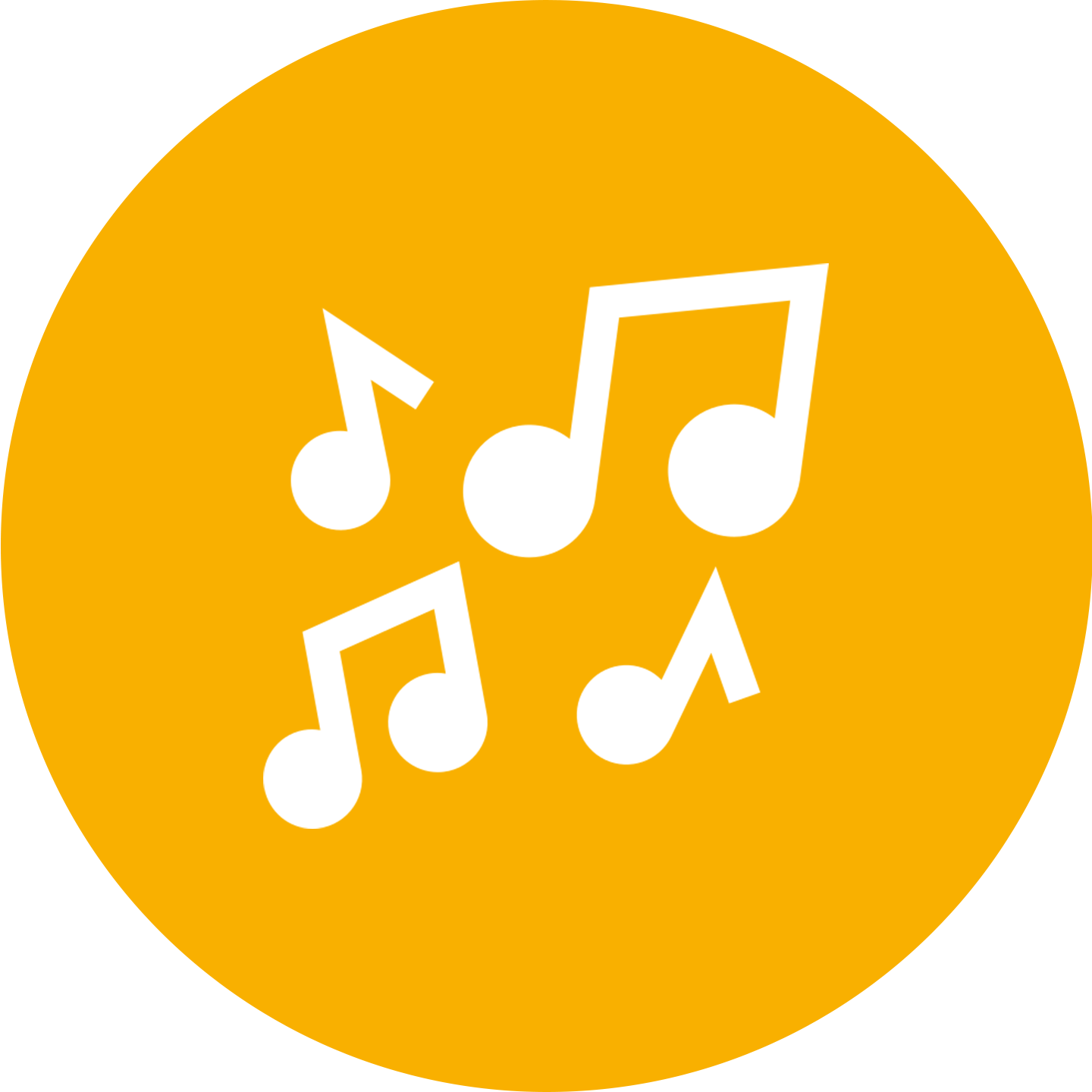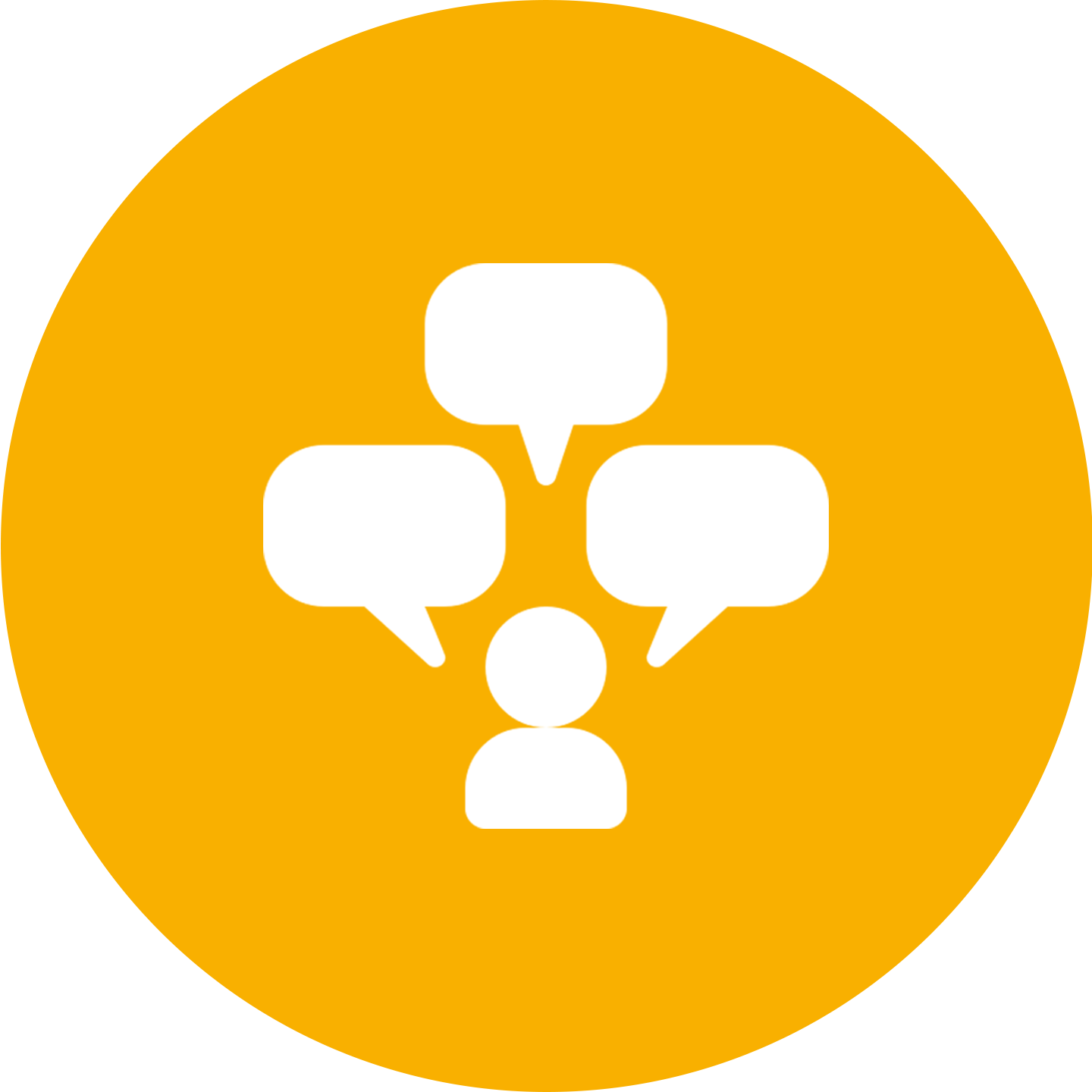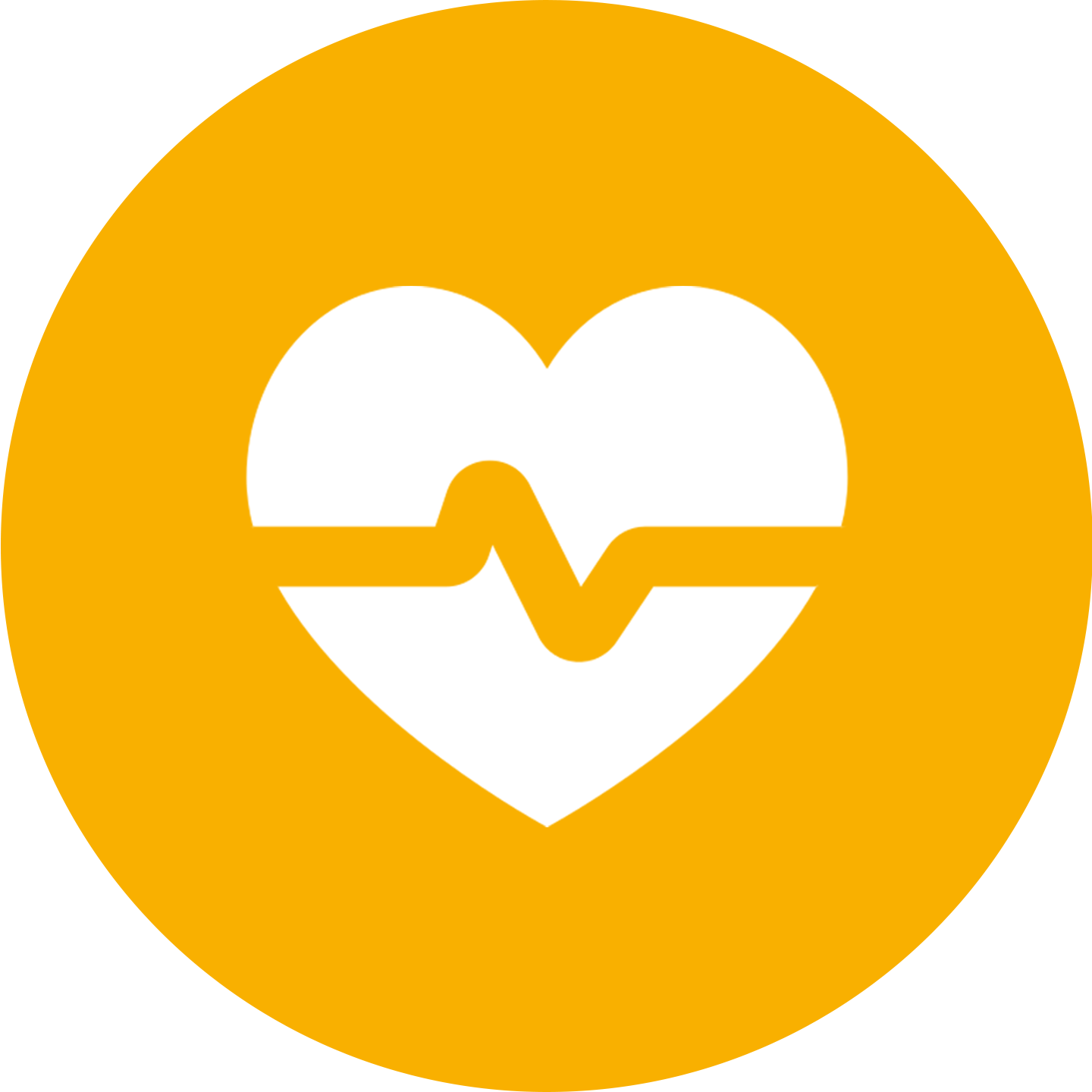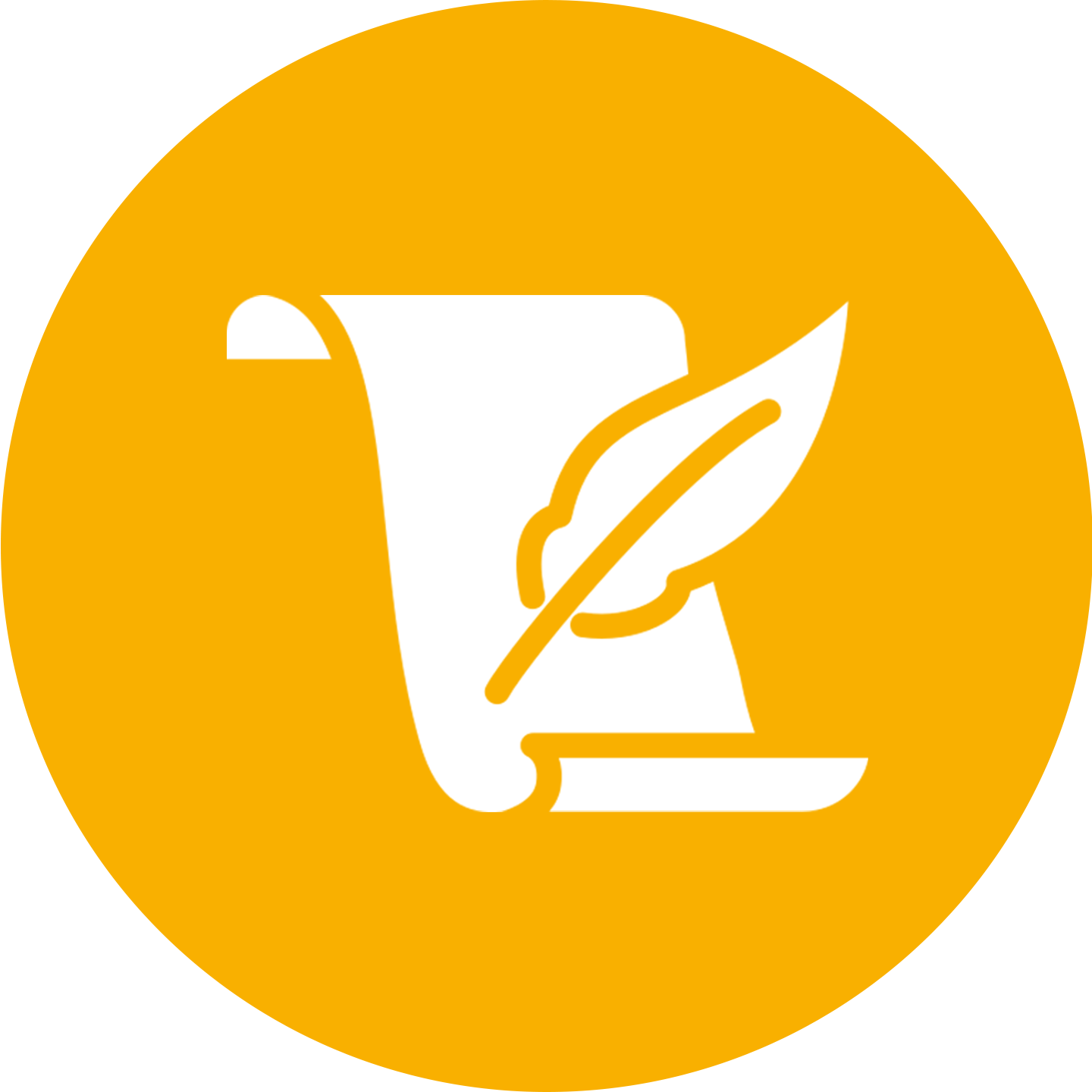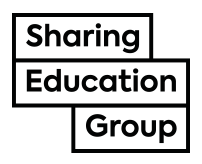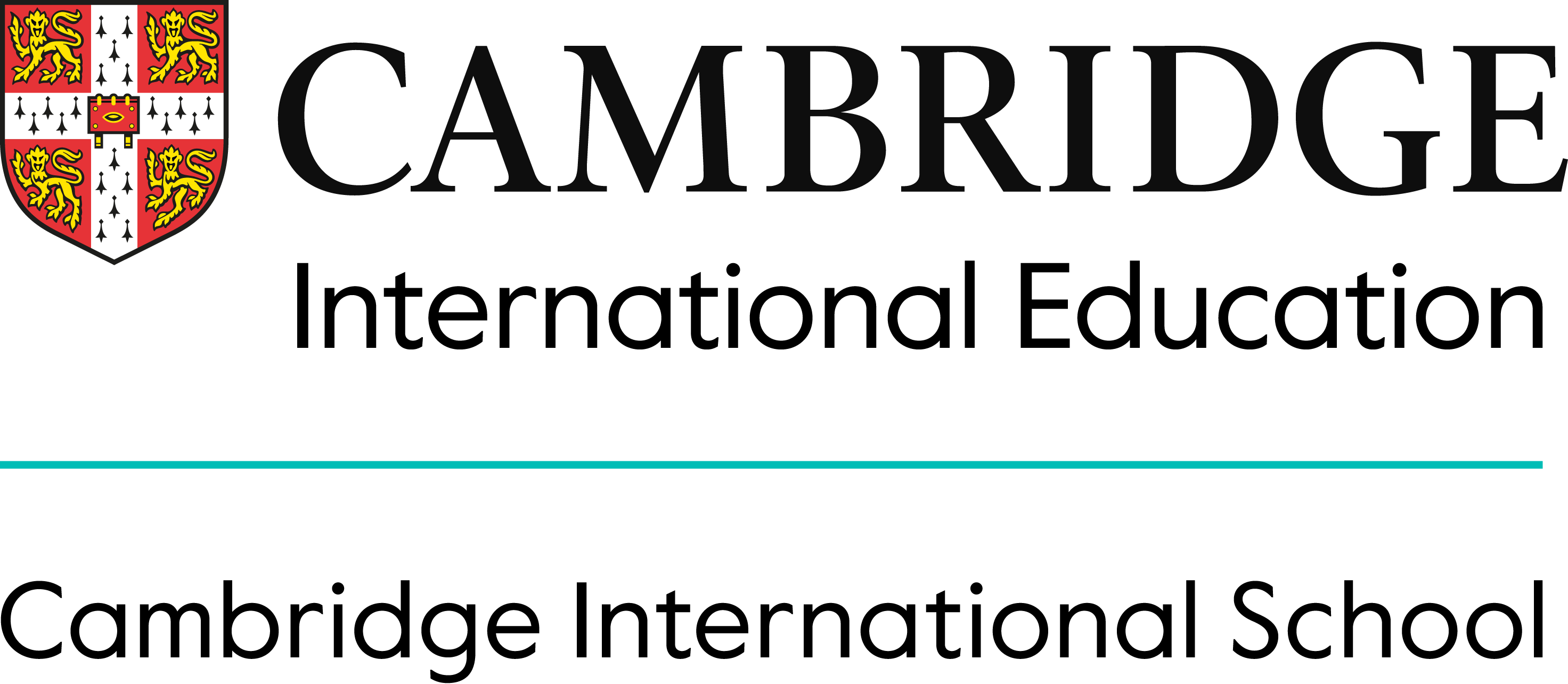Lower Secondary
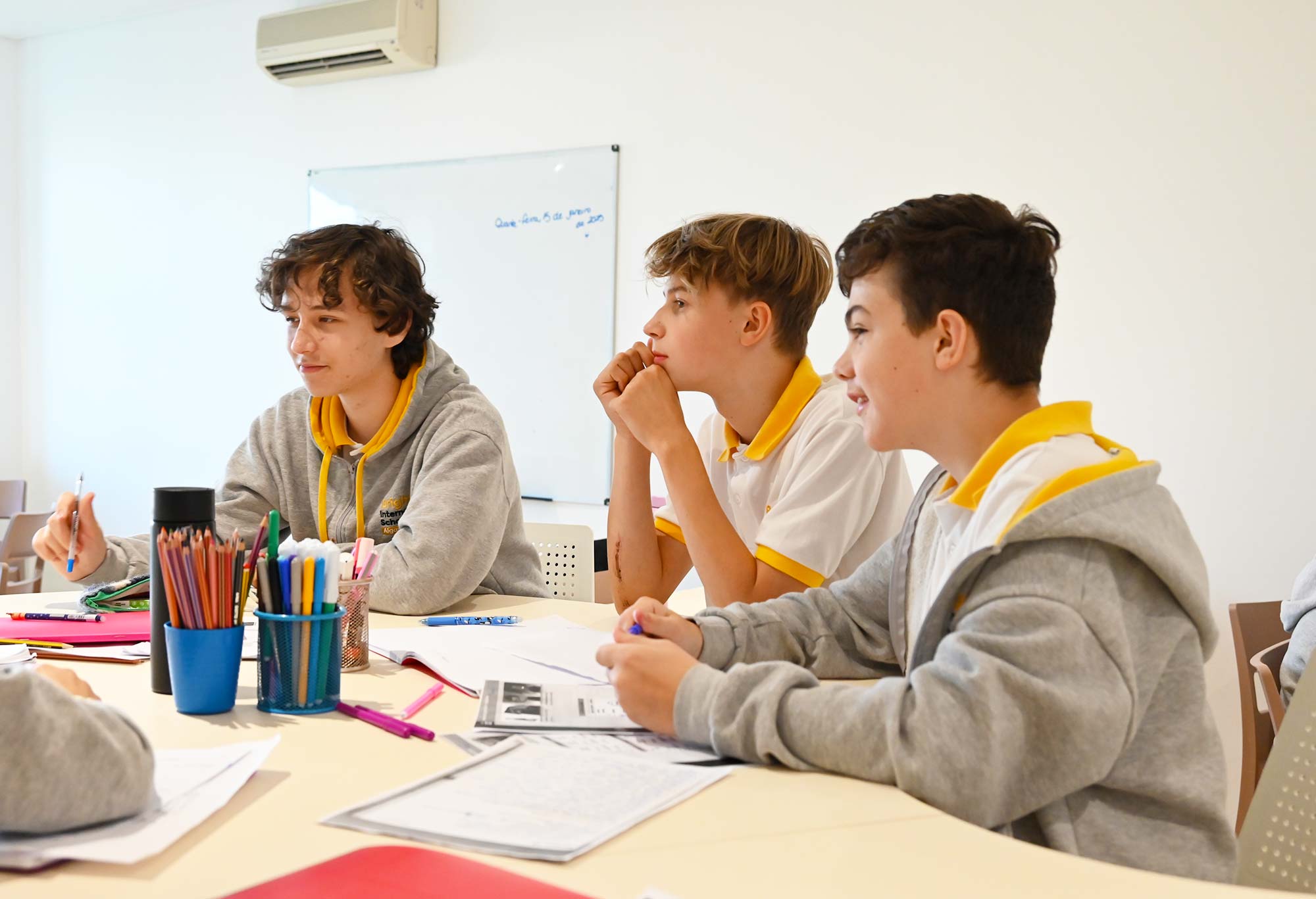

Introduction to the Pathway
Empowering Students for Future Success
The Cambridge Lower Secondary Pathway at Bright provides students with a well-rounded and rigorous foundation for future academic achievement. By focusing on developing key skills and knowledge across various subjects, this programme equips students with the tools they need to succeed in both the present and future stages of their education.
Through the Cambridge approach, we offer an engaging curriculum that encourages independent thinking, critical problem solving, and effective collaboration. As students move through the Pathway, they gain confidence in their academic abilities, preparing them for the challenges of the Cambridge Upper Secondary and beyond.
Building Foundations for Success
The Cambridge Lower Secondary Approach
At Bright, we believe education thrives when curriculum, teaching, learning, and assessment align effectively. Through the Cambridge Lower Secondary, we prepare students for the Cambridge Upper Secondary (IGCSE) by developing essential knowledge, skills and understanding.
In our approach to assessment, we focus on both proving and improving students’ learning. This provides them with a sense of focus, challenge and pace, helping them build confidence and mastery.
Our assessments are organised to ensure ample time for learning and development, with a view to continuously refining students’ skills while preparing them for future academic success.
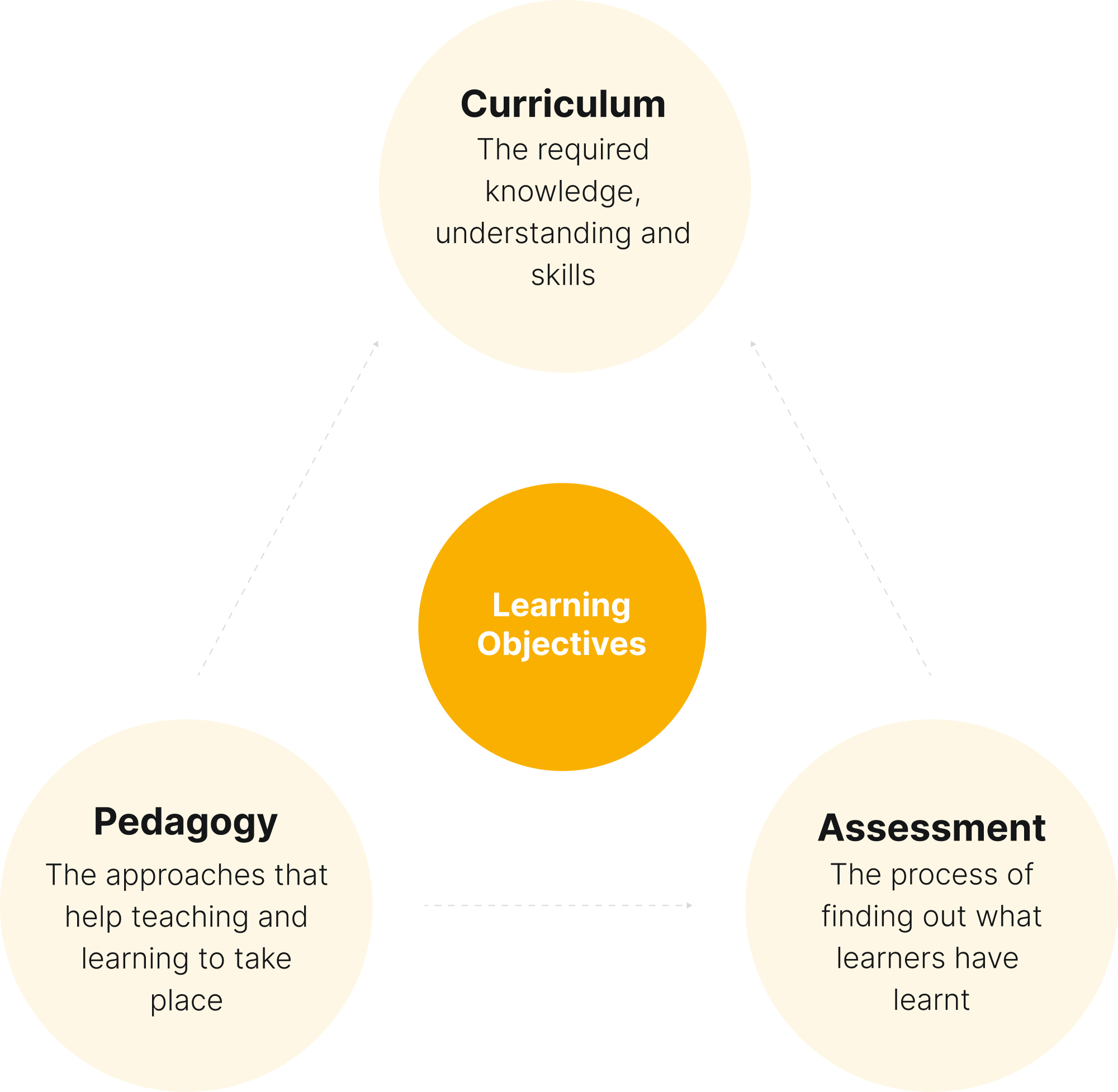
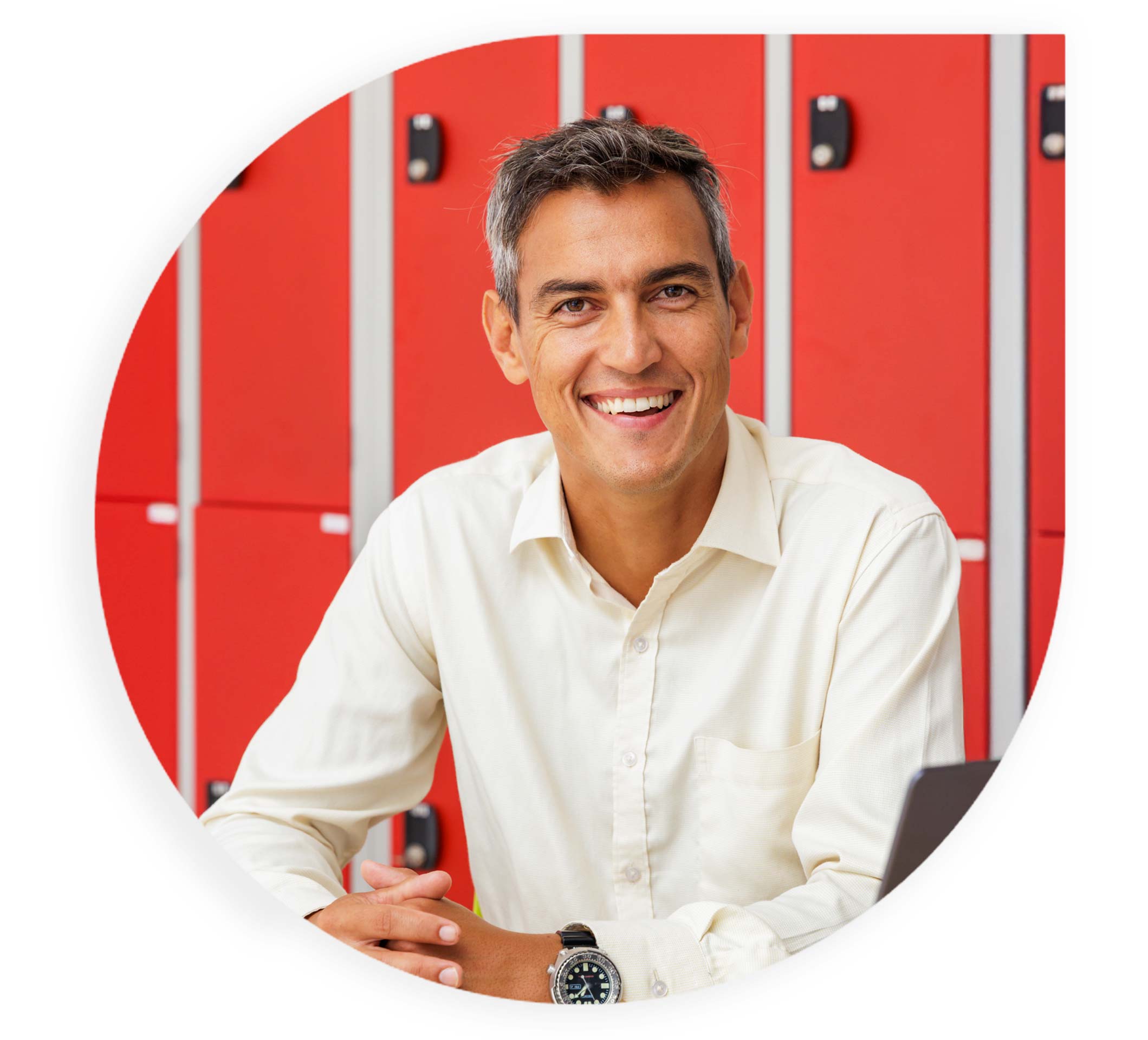

“Education is a fun experience, where the aim is to help learners grow and obtain skills that will aid them outside of school.”
Within the secondary department, teaching is learner-centred, aiming to encourage learners to realise what they already know, how to reflect on and adapt their knowledge and use their redefined skills out in the world.
Bright International’s infrastructure and philosophy towards education provides an individualised, as well as collaborative learning experience for all students.
Learners are the drivers of their educational experience, and so lessons are designed be fun, interactive and enquiry-based, leading learners to become active participants and critical thinkers. Collaboration and sharing of knowledge not only enhance the individual learning experience but also prepares them for the working environment outside of school.
– Nicholas Hildebrandt, Coordinator of the Secondary Pathway
Guiding students through areas of development
The Curriculum for Lower Secondary
With a choice of 13 subjects, the Cambridge Lower Secondary Curriculum lays solid foundations for academic achievement. At the same time, it provides ample opportunities to nurture creativity, self-expression and personal wellbeing, encouraging learners to explore and thrive in diverse ways.
A Well-Rounded Foundation for Young Learners
Essential Aspects of Cambridge Lower Secondary
The essential aspects of Cambridge Lower Secondary focus on building a strong foundation in key subjects, encouraging independent thinking and fostering a global mindset through enquiry-based learning. This approach equips students with the skills and knowledge required to progress confidently.
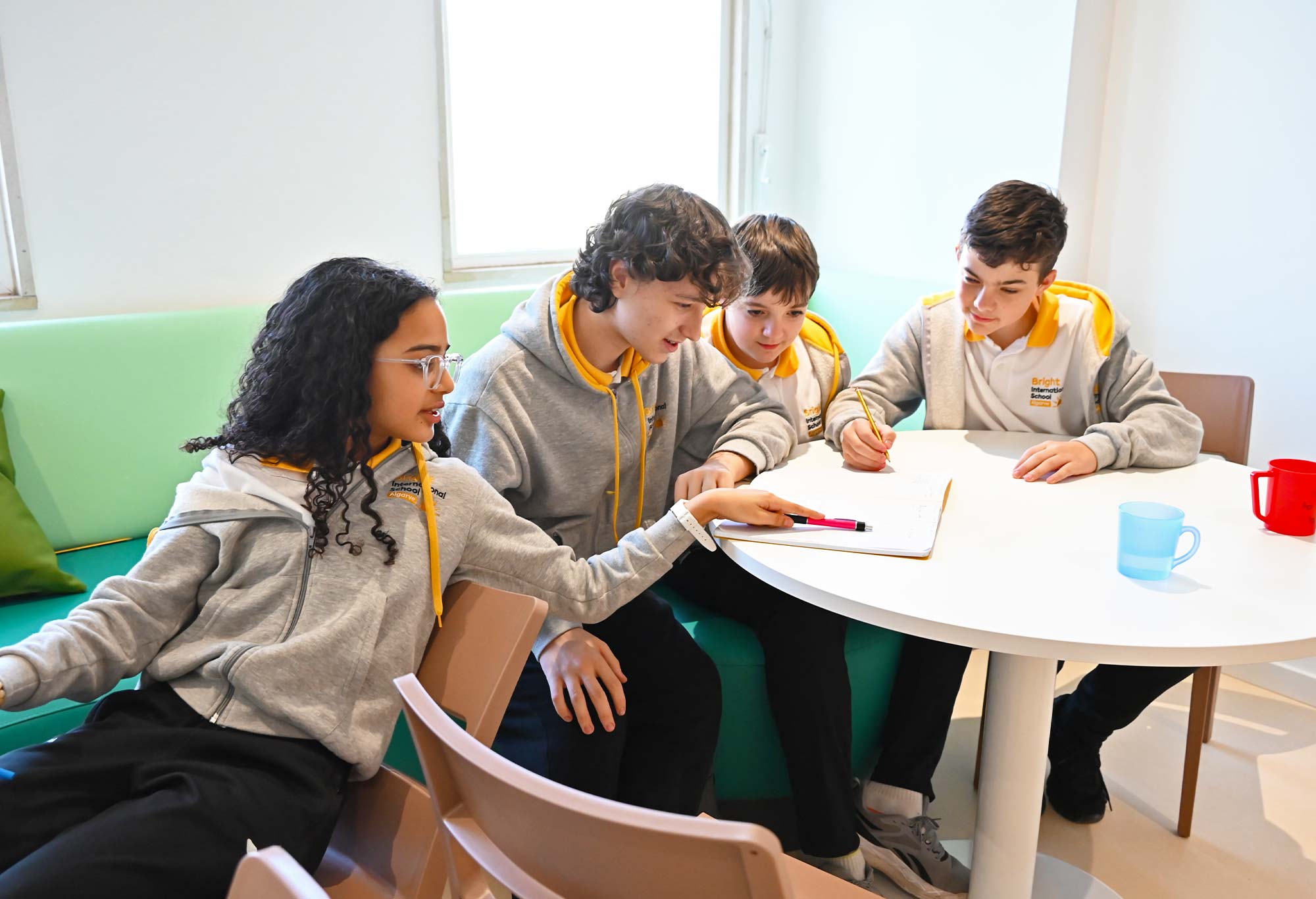

Understanding How Students Develop
Assessment in Lower Secondary
At Bright, assessment is a key part of the learning journey, ensuring each learner’s progress and development is continuously supported. Our comprehensive approach combines ongoing feedback with structured evaluations to provide an understanding of academic success and personal growth.
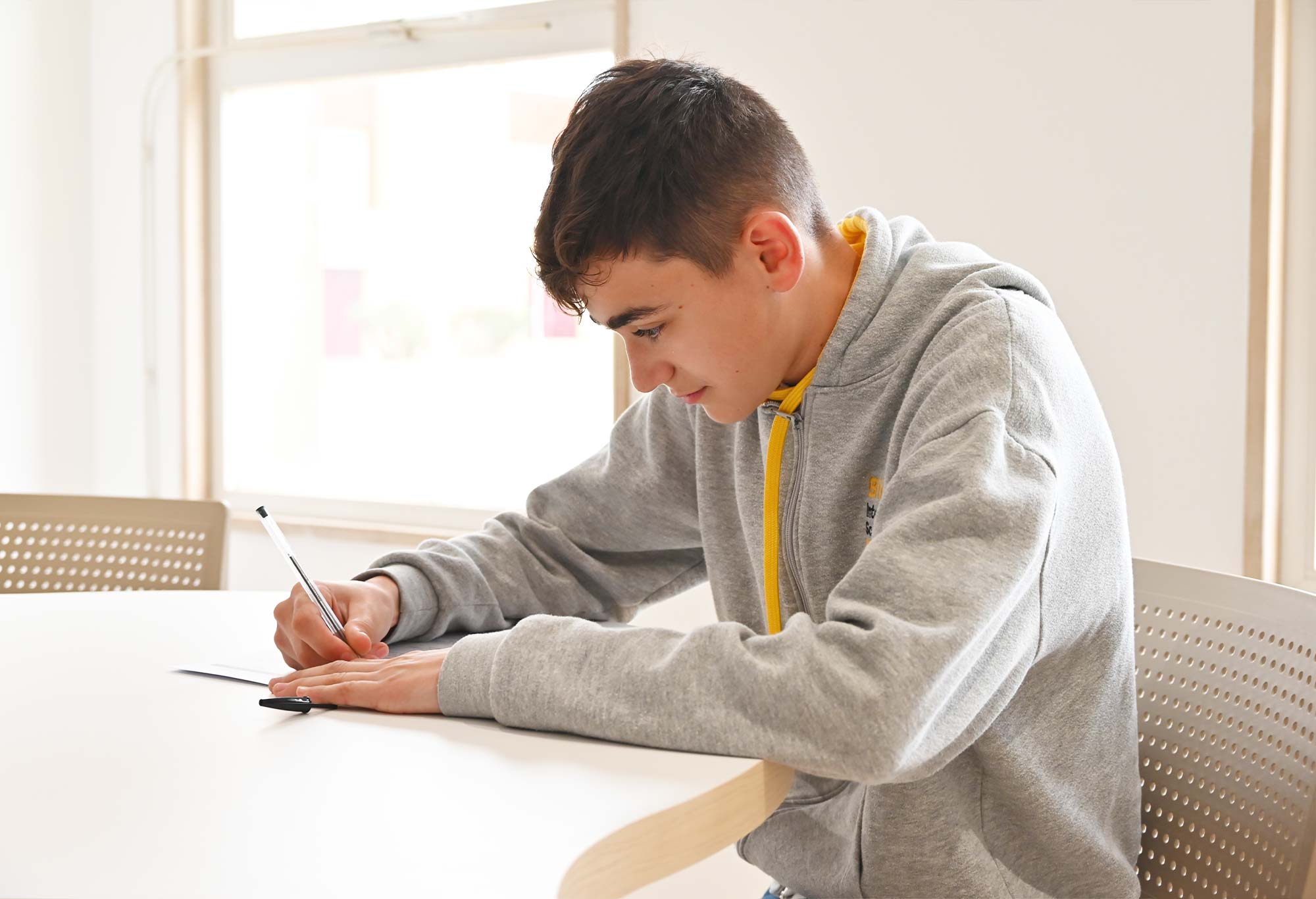
At Bright, we use a variety of assessment strategies. Formative assessments, like quizzes and observations, offer continuous feedback to adjust teaching methods. Baseline assessments at the start of the year help us understand students’ prior knowledge. Summative assessments assess overall achievement at key points during the year, summarising progress in specific subjects.
Feedback plays a key role in our approach, with classroom discussions, peer reviews and teacher observations helping students reflect on their learning. This combination of strategies ensures students receive tailored support, encouraging improvement throughout the academic year.
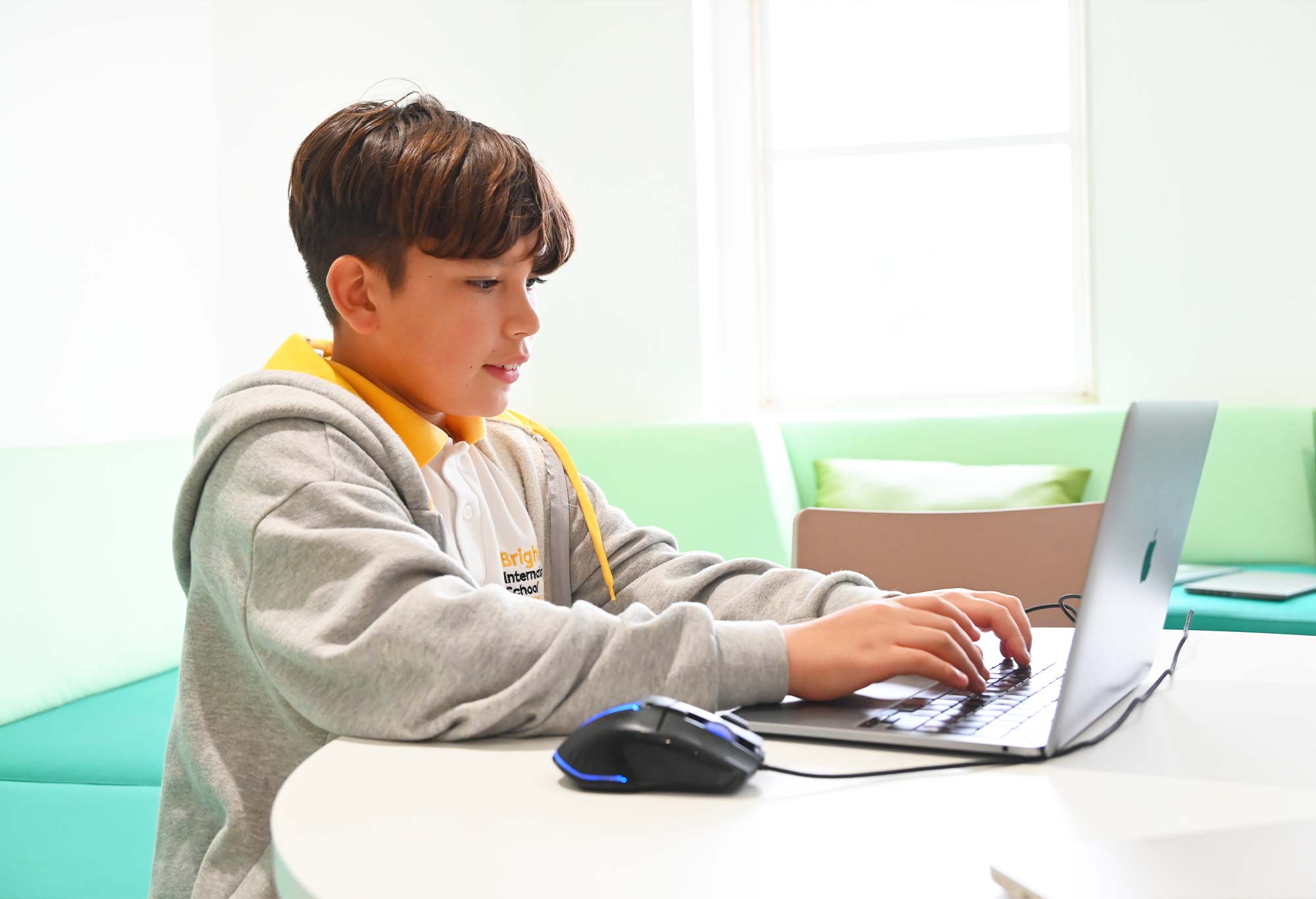
At Bright International School, we use a variety of assessment tools to support student learning. These include projects, coursework, and essays that develop critical thinking, research, and argumentation skills. Presentations and collaborative work help assess communication and teamwork, while portfolios encourage reflection on progress. End-of-unit and end-of-term tests evaluate understanding and guide future learning, while mid-year assessments help identify gaps and tailor teaching strategies.
For Lower Secondary students, Cambridge International Progression Tests track academic progress, and in Science, practical lab work assesses hands-on skills and application of theory.


